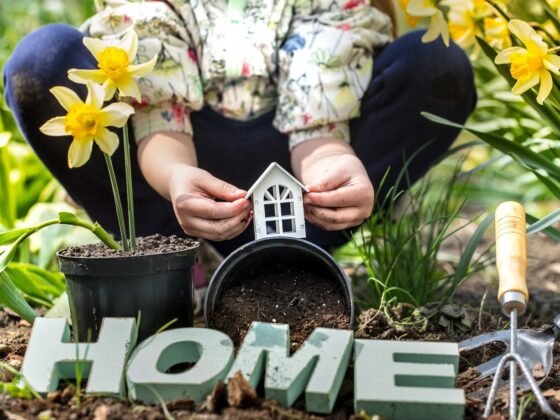Standpipe systems are integral components of a building’s fire protection system, especially in multi-story buildings where access to water on upper floors is crucial for firefighting efforts. This comprehensive 2024 guide aims to equip homeowners with the necessary knowledge to install and maintain these systems effectively. Whether you’re building a new home or updating an existing structure, understanding the intricacies of standpipe systems can be a life-saving endeavor.
Installation of Standpipe Systems

Standpipe systems are categorized into three main types: Class I, Class II, and Class III. Each type is designed to meet specific needs and building codes, which are continually updated. Familiarize yourself with local regulations and standards before planning your installation, as compliance is not only a legal requirement but also a critical safety measure. Additionally, there’s an element closely related to these systems known as a Hydrant Standpipe, which is used to access water supply directly from the municipal hydrants, often utilized in areas lacking permanent standpipes or as a supplemental resource.
Class I systems are typically found in commercial buildings and are intended for use by fire departments. Class II systems are designed for occupant use, with hoses that can be easily accessed in case of a fire. Class III systems combine the features of Classes I and II, providing versatility and comprehensive coverage. Understanding these types will help you decide which system best suits your property’s needs.
Planning is a critical step in the installation of a standpipe system. This phase involves designing the layout, choosing the right materials, and securing permits. It’s highly recommended to consult with professionals who specialize in fire safety systems. They can provide valuable insights and ensure that your system complies with all regulations and standards.
The installation process involves several technical steps, including the installation of pipes, valves, and pumps. These components must be strategically placed to maximize coverage and efficiency. The system’s design must also accommodate water pressure requirements and ensure that the water can reach all necessary areas in case of a fire. Proper installation is critical for the system’s functionality, so it’s crucial to work with experienced contractors.
Maintenance and Inspection
Regular maintenance is essential for ensuring that your standpipe system remains operational and effective. Routine checks should include inspecting pipes for leaks or damage, testing water flow and pressure, and ensuring that all valves and hoses are in working order. It’s advisable to maintain a maintenance log to track these inspections and any services performed on the system.
Neglecting regular maintenance can lead to system failures when it’s most needed. Homeowners should establish a maintenance schedule and adhere to it strictly. While some tasks can be performed without professional help, hiring experts for comprehensive annual inspections is a prudent strategy. They can identify issues that may not be apparent to the untrained eye and prevent minor problems from becoming major failures.

Conclusion
Professional testing may also uncover hidden issues, such as blockages or corrosion within the pipes. These problems, if left unchecked, can severely impact the system’s efficiency and reliability. By investing in professional inspections, homeowners can ensure that their standpipe systems are always ready to perform in an emergency, thereby safeguarding their property and, more importantly, the lives of occupants.


